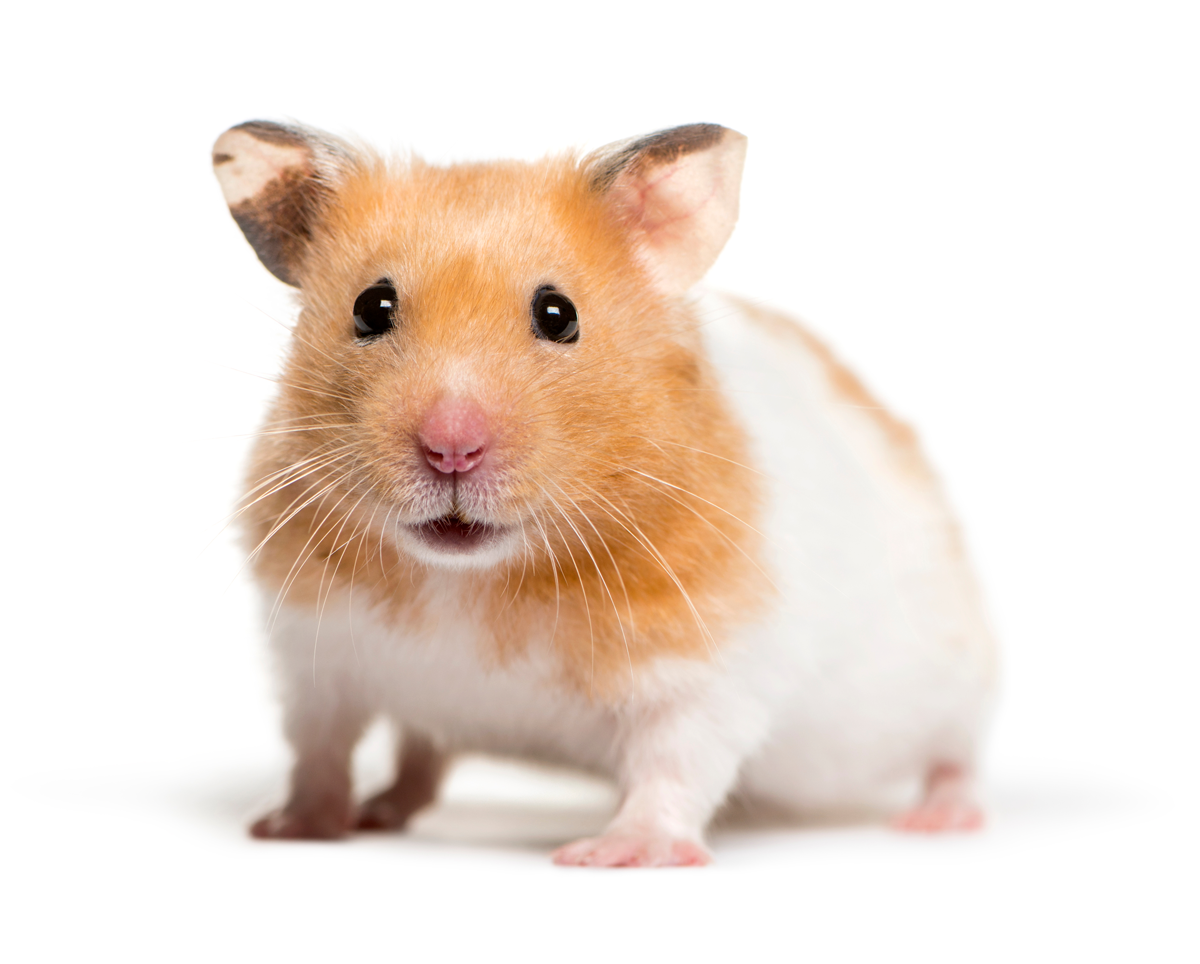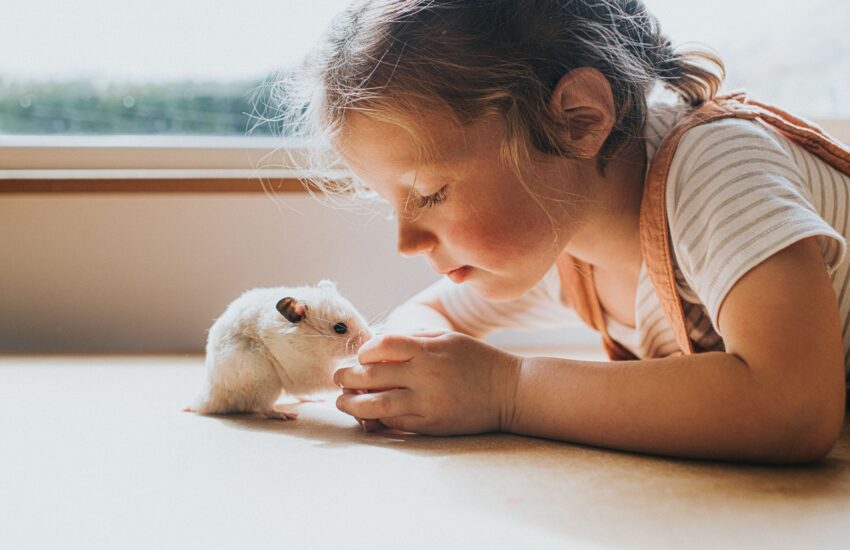Best Hamster Breeds for Companionship
Hamsters are known for their friendly demeanor and charm, making them popular pets for families and individuals alike. If you’re considering adding a furry companion to your household, understanding which hamster breeds are best suited for companionship is essential. In this article, we will explore the top hamster breeds favored for their friendly nature, ease of handling, and social tendencies, ensuring you make an informed decision when choosing your next pet.
Characteristics of Friendly Hamster Breeds
When looking for a hamster that possesses friendly qualities, it’s important to remember certain characteristics. Generally speaking, smaller breeds like dwarf hamsters tend to be less aggressive, while larger ones, like Syrian hamsters, are often more sociable. **Socialization** plays a vital role in a hamster’s temperament; the more they interact with humans, the more approachable they become. Many of these breeds thrive on companionship and benefit from regular handling, which helps them develop trusts with their owners.
1. Syrian Hamster
The Syrian hamster, often referred to as the golden hamster, is one of the most popular breeds for pet owners. Typically larger than other varieties, Syrian hamsters can weigh between 5-7 ounces and can live up to 2-3 years. Their friendly disposition makes them ideal for companionship, as they are generally docile and enjoy being handled. One key aspect is that they are solitary creatures; it’s crucial to house them alone to avoid territorial conflicts. **Syrian hamsters** like to explore their environment and appreciate time out of their cages, which allows them to bond with their human counterparts.

2. Campbell’s Dwarf Hamster
Campbell’s dwarf hamsters are small in size, weighing around 2-4 ounces and reaching a maximum length of 4-5 inches. These hamsters are friendly and enjoy human interaction, making them excellent companions. One of their fascinating traits is that they tend to be more social compared to other dwarf breeds and often enjoy the company of their owners during playtime. Moreover, they thrive in stimulating environments and appreciate various toys and tunnels to explore. To create a safe and engaging habitat, incorporate elements like chew sticks, tunnels, and an exercise wheel.
3. Winter White Dwarf Hamster
Winter White dwarf hamsters are known for their stunning color-changing coats that transition from brown to white in colder seasons. These charming little hamsters typically weigh around 1-2 ounces, making them one of the smallest breeds. They are generally quite friendly and can form strong bonds with their owners if handled consistently. **Winter Whites** are also less territorial compared to other dwarf species, making it possible to house them in pairs if introduced properly. They enjoy exploring their surroundings, which allows for a delightful experience during interaction.

Choosing the Right Hamster for Your Lifestyle
To ensure you pick the best companion hamster for your needs, it’s essential to evaluate your lifestyle, space, and the time you can dedicate to your pet. For instance, consider how much interaction you can offer; some hamsters thrive in social settings, while others might prefer a more tranquil environment. Additionally, think about the space available for a proper setup that allows your hamster to roam and explore safely.
Considerations Before Bringing a Hamster Home
Before adopting a hamster, it’s crucial to assess your living space and daily routine. Hamsters require enclosures that are escape-proof, well-ventilated, and spacious enough for them to explore and exercise. They thrive on enrichment, meaning various toys and activities play a huge part in keeping them happy and healthy. If your schedule permits regular interaction and playtime, a hamster can become a wonderful addition to your home, offering companionship and entertainment.
Establishing a Bond with Your New Hamster
Building a bond with your new hamster will take time, patience, and consistent handling. Begin by allowing your hamster to get accustomed to your presence within their habitat. Once they seem comfortable, gradually introduce handling sessions; start with short interactions and increase their duration as your hamster becomes more relaxed. Engaging in play with toys can also strengthen your bond; offer treats for good behavior to encourage trust and friendliness.

The Importance of Proper Care for Companion Hamsters
Caring for your hamster goes beyond just providing food and water; it demands much attention to their habitat, social needs, and overall well-being. Regular cage cleaning, proper nutrition, and ensuring adequate exercise are aspects that must not be overlooked. Educate yourself on common health issues and preventive care to maintain your hamster’s health and happiness.
Best Practices for Hamster Nutrition
Feeding your hamster a well-balanced diet is crucial for their health. Most hamsters thrive on a combination of high-quality hamster pellets, fresh vegetables, and occasional treats such as small pieces of fruit or seeds. **Avoid** overfeeding, as obesity can lead to serious health problems. Fresh water should always be available for hydration, and any uneaten food should be removed to maintain hygiene.
Suitable Bedding and Habitat Setup
Designing a suitable living environment is key to your hamster’s comfort and happiness. Use **aspen bedding** or paper-based products as they are safe options, providing proper odor control and absorbency. Avoid cedar or pine shavings, as they can cause respiratory issues. A spacious cage equipped with tunnels, chew toys, an exercise wheel, and hiding spots can enrich their living space, encouraging natural behaviors such as burrowing and exploration.

Key Takeaways
- Syrian hamsters are often the most sociable, ideal for companionship.
- Dwarf hamsters, such as Campbell’s and Winter Whites, are smaller yet friendly and playful.
- Understanding your lifestyle and ensuring proper care is crucial when selecting a companion hamster.
- Building a bond takes patience and time, involving regular interaction and play.
- Creating an enriched living environment promotes your hamster’s happiness and health.
FAQ
1. What is the most sociable hamster breed?
The Syrian hamster is often recognized as the most sociable hamster breed, known for its friendly nature and enjoyment of human interaction. Their larger size also makes them easier to handle, especially for first-time pet owners.
2. Can dwarf hamsters be kept together?
Yes, dwarf hamsters like Winter White and Campbell’s can be kept in pairs or small groups if introduced properly at a young age and if there’s enough space and resources to avoid territorial disputes. However, it’s always advised to monitor their behavior closely.
3. What is the lifespan of a pet hamster?
The average lifespan of a pet hamster ranges between 2 to 3 years, although some can live longer with appropriate care. Factors such as breed, diet, and habitat greatly influence their longevity.
4. How often should I handle my hamster?
It’s recommended to handle your hamster several times a week, gradually increasing the duration as your pet becomes more comfortable. Daily short interactions can help strengthen your bond.
5. Why is it essential to clean my hamster’s cage regularly?
Regular cleaning of your hamster’s cage is vital for maintaining a hygienic environment, preventing health risks associated with bacteria and odors, and ensuring your pet remains healthy and happy.
6. What types of toys do hamsters enjoy?
Hamsters enjoy a variety of toys such as exercise wheels, tunnels, chew toys, and even small cardboard boxes. These toys stimulate their natural behaviors and help keep them active and engaged.
7. What should I avoid feeding my hamster?
Avoid feeding your hamster citrus fruits, chocolate, and any foods high in sugar or fat. It’s important to stick to appropriate hamster foods, fresh vegetables, and occasional healthy treats only.
